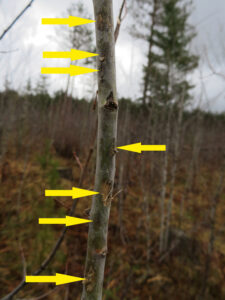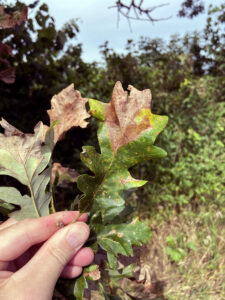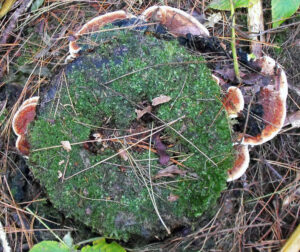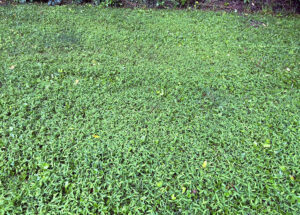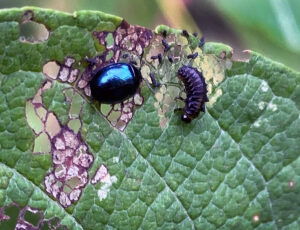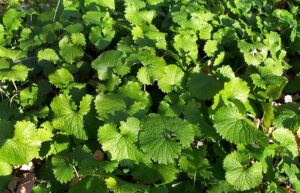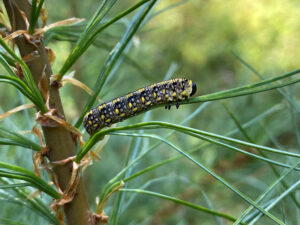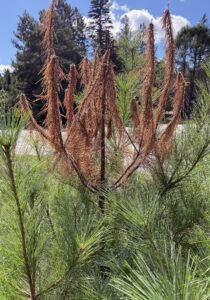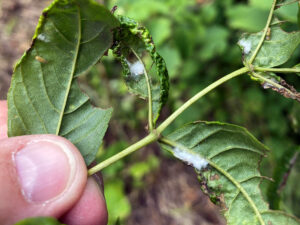
Cottony ash psyllid nymphs feed on the lower sides of leaves and grow white wool over themselves for protection. / Photo Credit: Wisconsin DNR
By Linda Williams, DNR Forest Health Specialist, Woodruff
Linda.Williams@wisconsin.gov, 920-360-0665
Cottony ash psyllid (Psyllopsis discrepans) was observed in 2023 in several areas in northern Wisconsin. Additional sites were then identified in 2024 and this year.
Some provinces in Canada have observed that psyllid numbers can explode during dry periods, so that may be why we started to see some issues in Wisconsin in 2023.
Continue reading “Cottony Ash Psyllid Found In Additional Areas”

